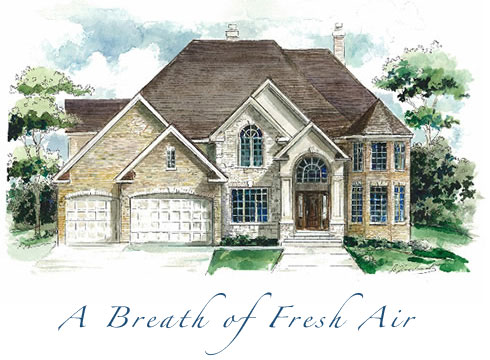Can you be environmentally aware, considerate of Life Cycle Impact, cost conscious, and still have beautiful counter tops in your home or commercial building? Yes!
Habitat for Humanity Lake County is using an exciting new cement counter top product in the Waukegan homes being built for Greenbuild 2010.
i Counter has the versatility of both indoor and outdoor use. This application will be for the kitchen counters and bath vanity counter. A chameleon type product it can look like whatever you choose. Have a hankering for exotic granite you saw in an expensive hotel? Or do you like white marble but not the upkeep? What about your company’s logo embedded in the reception counter? You can achieve virtually any look you can image.
The Habitat Homes are new construction, but the core strength of the i Coat Cement Product is in its ‘resurfacing system’.
I Counter can be applied directly over existing counter top materials such as tile, Formica or other solid surfaces. You are not removing your existing counter top. You are not putting it in the landfill. You are reducing waste. You are reusing existing countertop.
But this is a kitchen, so what are the factual merits of i Counter?
- Its durability rivals or exceeds the durability of most naturally occurring or synthetic countertop materials with compression strength of 900psi, three times harder than standard concrete.
- i Counter is FDA & USDA Food Approved. Its seamless and non-porous surface reduces the potential of food contamination without routine resealing. It is impervious to moisture and contains no known carcinogens.
- It is capable of withstanding heat to 500 F
- It maintains its installed beauty with only standard cleaning routines and an occasional wipe down with a material like Windex.
- Low weight construction eliminates the need for special support generally required for granite, quartz and Corian countertop materials.
- Pricing starts at $40.00 psf ranging from basic granite to an exotic stone or a metallic urban look.
I Counter, with minimal material creates great strength and beauty. We hope you can visit the Habitat homes and see this product first hand.

More information about the I Coat products can be found at icoatproducts.com
The Chicago land distributor is www.artesahomevisions.com
Vicki Aleck Gumbiner is an Interiors Artist at www.artisticwallfinishes.net a consulting company for sustainable interior product from floors to cabinetry. She has shared in the procurement of the flooring, counter tops and cabinets for the Greenbuild Legacy Home Project.











